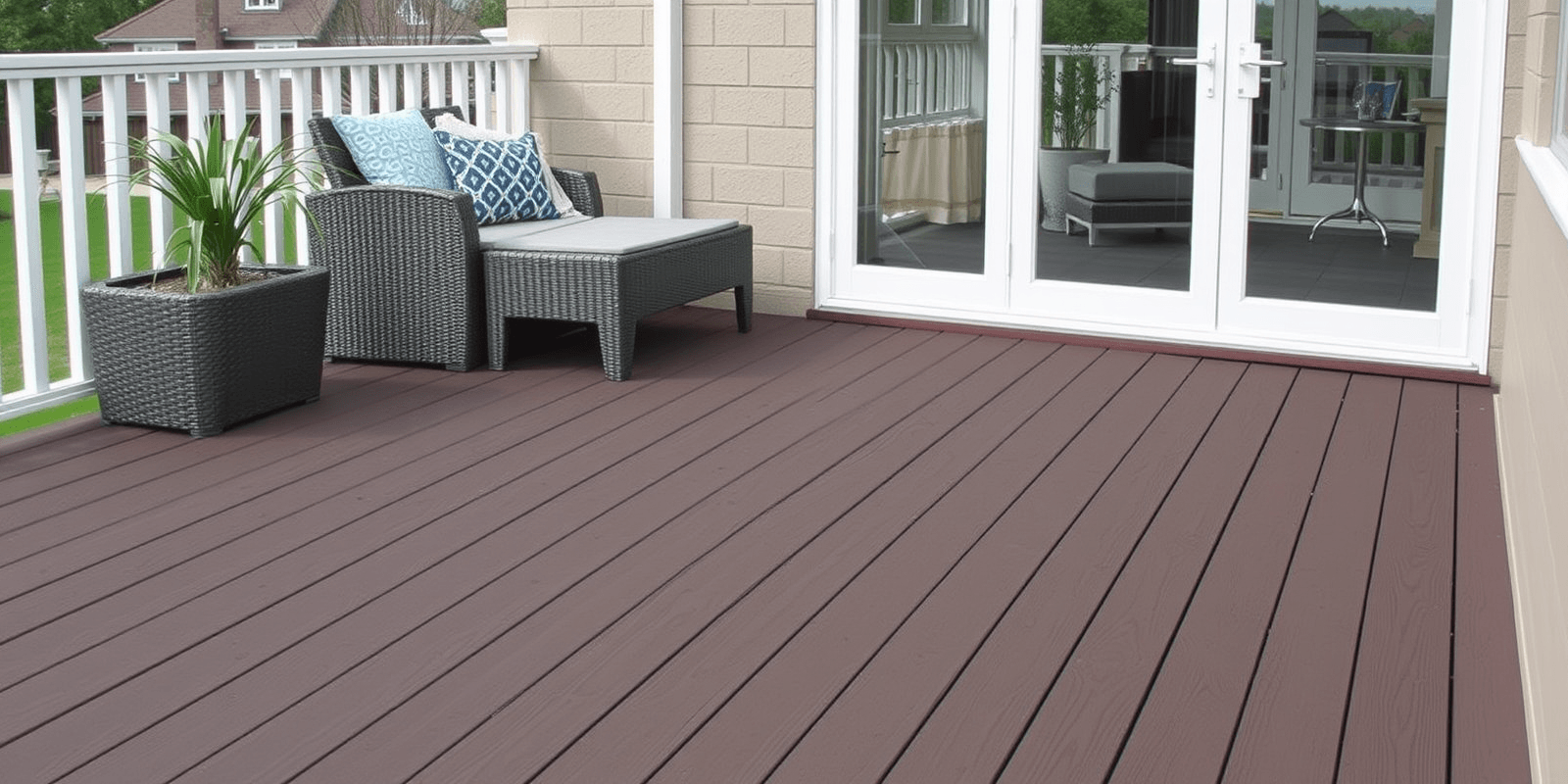“`html
What is Polyethylene Composite Decking
Introduction
Polyethylene composite decking has emerged as a popular alternative to traditional wooden decks, offering numerous benefits in terms of durability, maintenance, and aesthetics. This article delves into the definition, properties, and applications of polyethylene composite decking, discussing its advantages over traditional materials and providing examples of where it can be used effectively.
Definition and Properties
Polyethylene composite decking is a type of decking material made from a combination of polyethylene (a type of plastic) and wood fibers or other natural fibers. This blend creates a material that combines the best attributes of both components. The resulting product is highly resistant to moisture, insects, and rot, making it an ideal choice for outdoor applications.
Advantages Over Traditional Materials
Durability: One of the primary advantages of polyethylene composite decking is its superior durability. Unlike traditional wood, which can warp, crack, or rot over time, polyethylene composite decking remains stable and retains its shape even under harsh weather conditions.
Maintenance: Another significant advantage is the low maintenance required. Unlike wood, which needs regular sealing and staining to protect against moisture and UV damage, polyethylene composite decking requires minimal upkeep. A simple wash with water and mild detergent is usually sufficient to keep it looking new.
Aesthetics: Polyethylene composite decking also offers a wide range of aesthetic options. Manufacturers produce these composites in various colors and textures, allowing homeowners to choose a style that complements their home’s exterior.
Applications
Polyethylene composite decking is versatile and can be used in a variety of settings, including residential and commercial properties. It is particularly well-suited for areas that experience high levels of foot traffic or are exposed to harsh weather conditions. For instance, it is commonly used in coastal regions where saltwater and humidity can quickly deteriorate traditional wooden decks.
Examples of effective use include:
- Residential Backyards: Many homeowners opt for polyethylene composite decking to create beautiful, low-maintenance outdoor living spaces.
- Commercial Spaces: Restaurants, hotels, and public parks often choose this material for its durability and ease of maintenance.
- Marinas and Boardwalks: Coastal structures benefit greatly from the water-resistant properties of polyethylene composite decking.
Conclusion
Polyethylene composite decking offers a compelling alternative to traditional materials, providing superior durability, lower maintenance, and greater aesthetic flexibility. As environmental concerns continue to grow, the eco-friendly nature of this material makes it an increasingly attractive option for those looking to enhance their outdoor spaces while minimizing their ecological footprint.
“`



